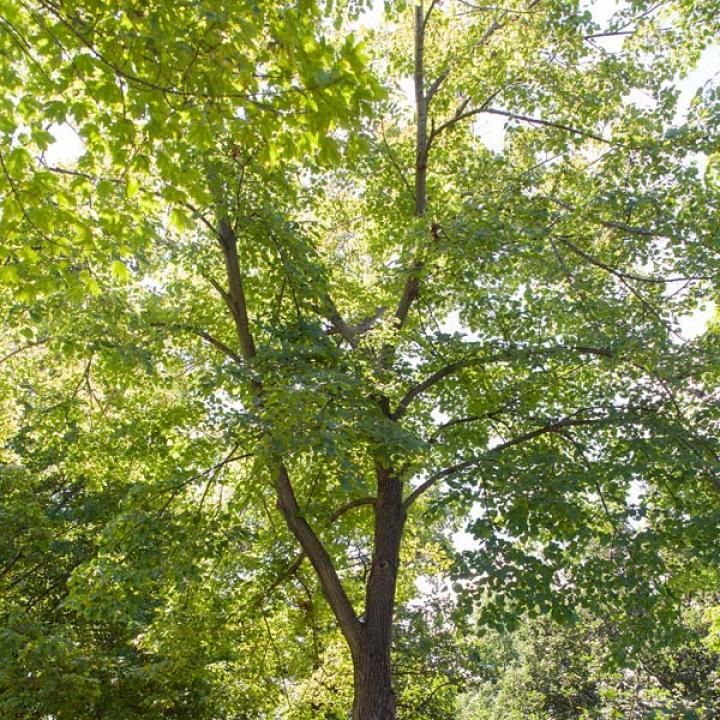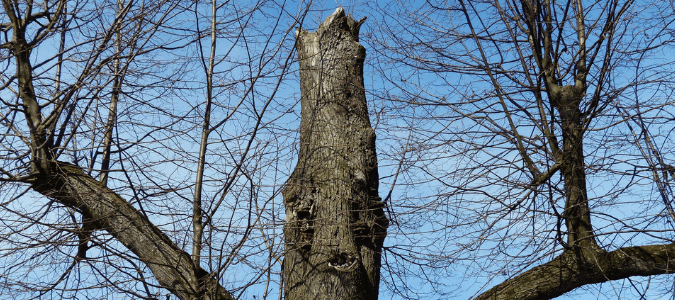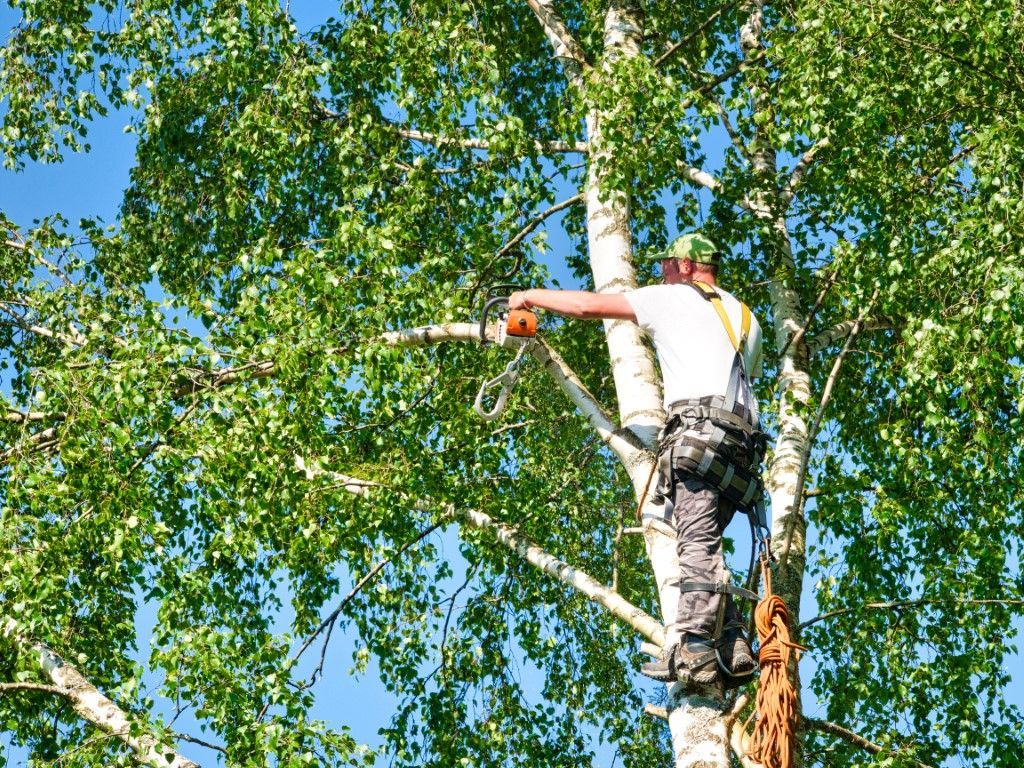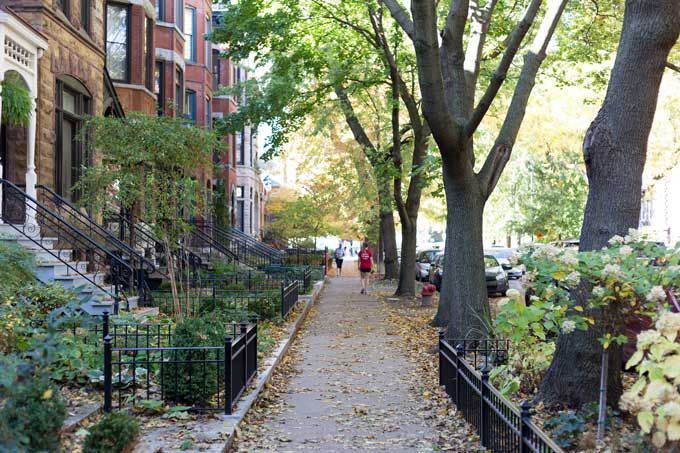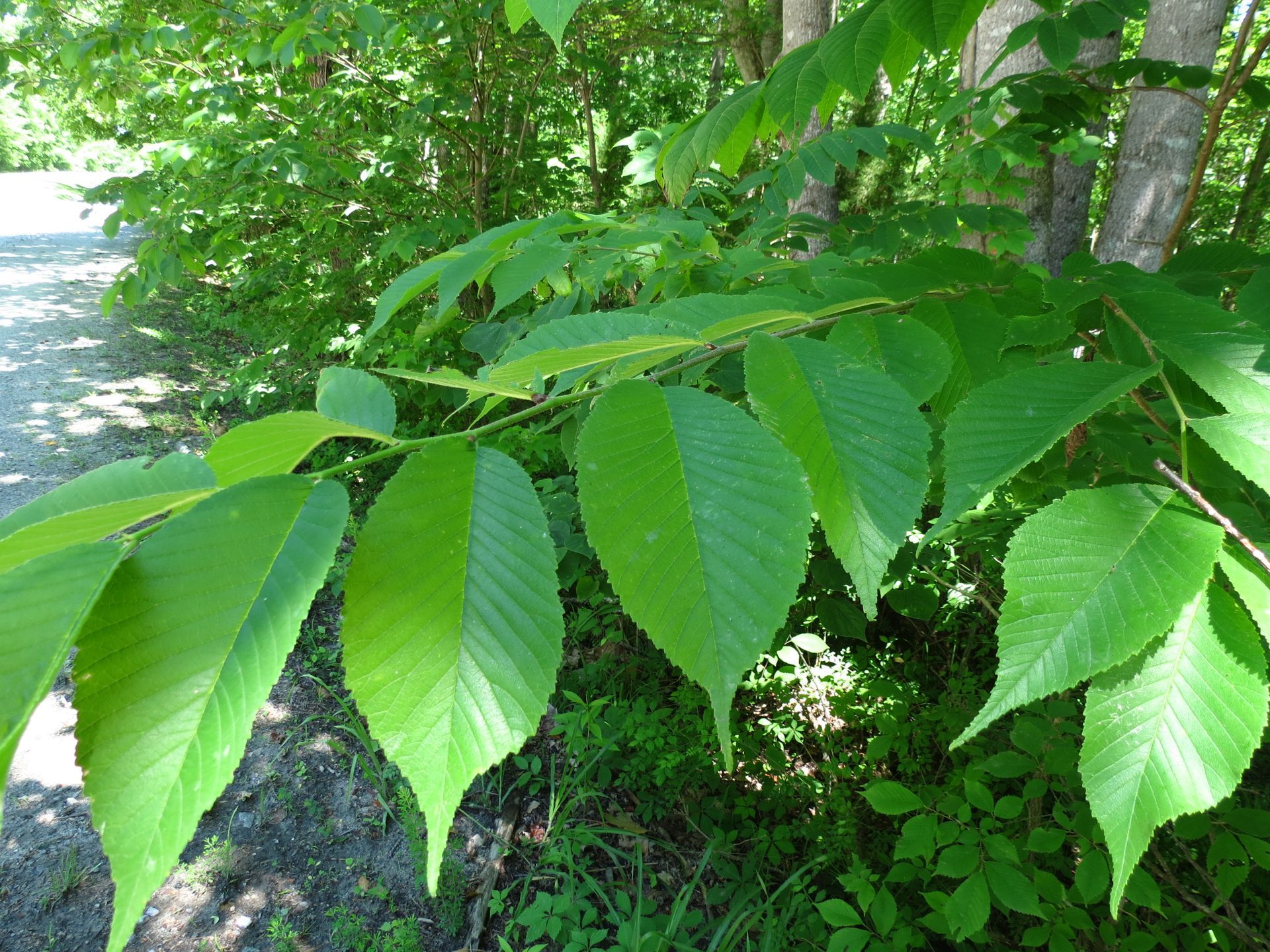Does Tree Removal Include Removing Roots?
Understanding Tree Removal and if Roots Need to be Removed:
Tree removal is a comprehensive process that extends beyond cutting down the visible parts of a tree, involving consideration for its root system. This guide aims to provide clarity on the often-asked question: What happens to the roots during tree removal?
Above-Ground Removal:
Tree removal primarily deals with the above-ground components such as the trunk, branches, and leaves. Trained professionals use specialized equipment to ensure a safe and controlled process that minimizes impact on the surrounding area.
Root System Considerations:
While the focus of tree removal is on the visible parts, the fate of the roots is determined by homeowner preferences and specific circumstances. In many cases, the root system is left largely untouched, allowing for natural decay over time.
Factors Influencing Root Removal:
- Stump Removal vs. Stump Grinding:
- The method chosen for stump management significantly influences root removal. Stump removal involves extracting the entire stump, including major roots, which may impact the surrounding soil. On the other hand, stump grinding reduces the stump to wood chips, leaving the roots to decompose naturally.
- Client Preferences:
- The extent of root removal is often based on homeowner preferences and future plans for the area. Some homeowners may opt for complete root system removal to facilitate construction or landscaping projects, while others prefer minimal disruption, allowing the roots to decay naturally.
Standard Tree Removal Process:
- Assessment:
- Certified arborists conduct a thorough assessment of the tree and its surroundings before determining the most suitable removal method. Factors considered include tree size, health, proximity to structures, and potential environmental impact.
- Cutting and Felling:
- The removal process involves strategic cutting to ensure the tree falls safely in a controlled direction, away from obstacles.
- Stump Management:
- Proper stump management is a crucial aspect of tree removal. Depending on the chosen method—removal or grinding—the stump is addressed to prevent regrowth and create a flat, usable surface.
Natural Decay of Roots:
- Ecological Considerations:
- Leaving the roots to decay naturally contributes to the ecological balance of the soil. As roots decompose, they release organic matter, enhancing soil fertility.
- Time Frame:
- Natural root decay is a gradual process that occurs over months or years. While above-ground portions are efficiently removed, roots take time to break down, offering a sustainable and environmentally friendly approach.
Crafting a Customized Approach:
The decision of whether tree removal includes root removal is contingent on various factors, including the chosen removal method and homeowner preferences. Certified arborists, such as Big D's Des Plaines Tree Service, will collaborate with homeowners to tailor an approach that aligns with ecological sustainability and future land use.
As homeowners embark on tree removal, engaging in open communication with arborists will help clarify expectations and determine the most suitable course of action for roots—whether allowing natural decay or opting for removal based on specific plans for the area.



